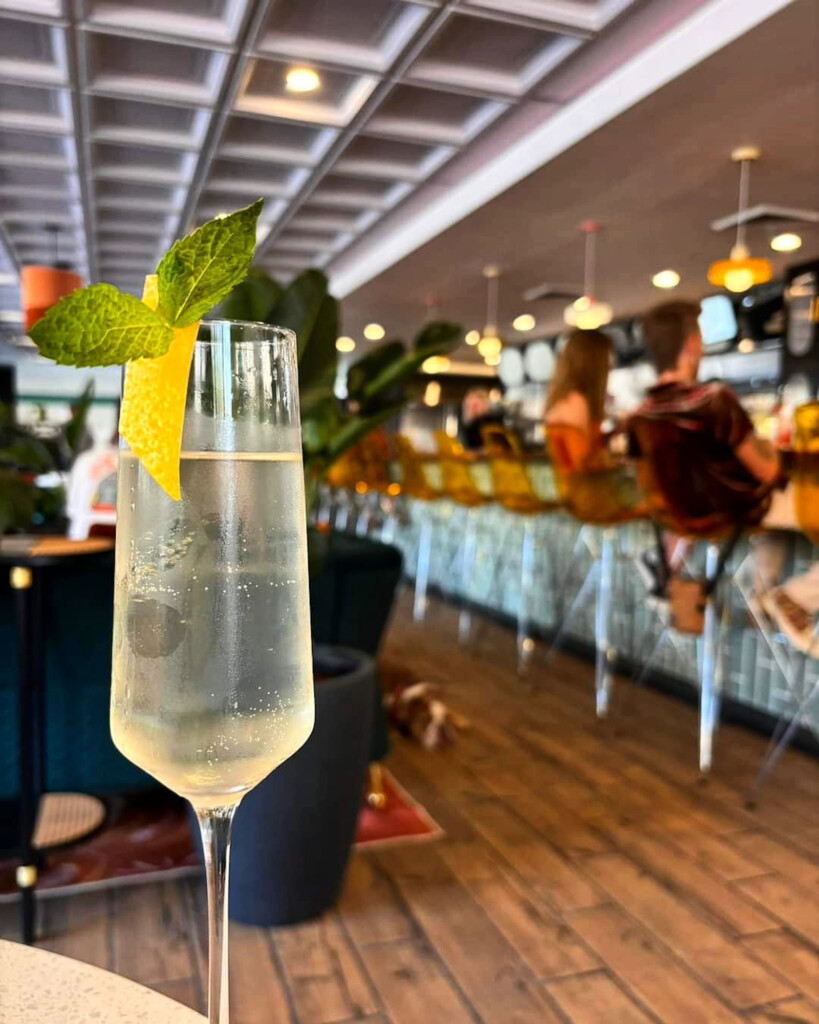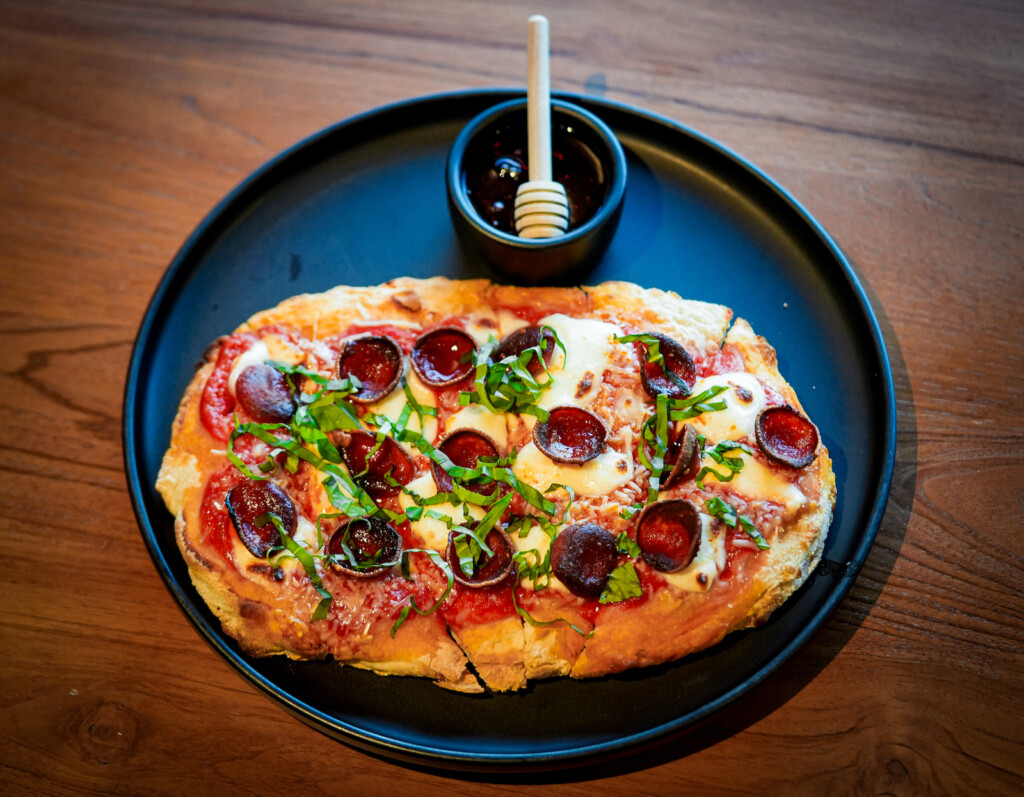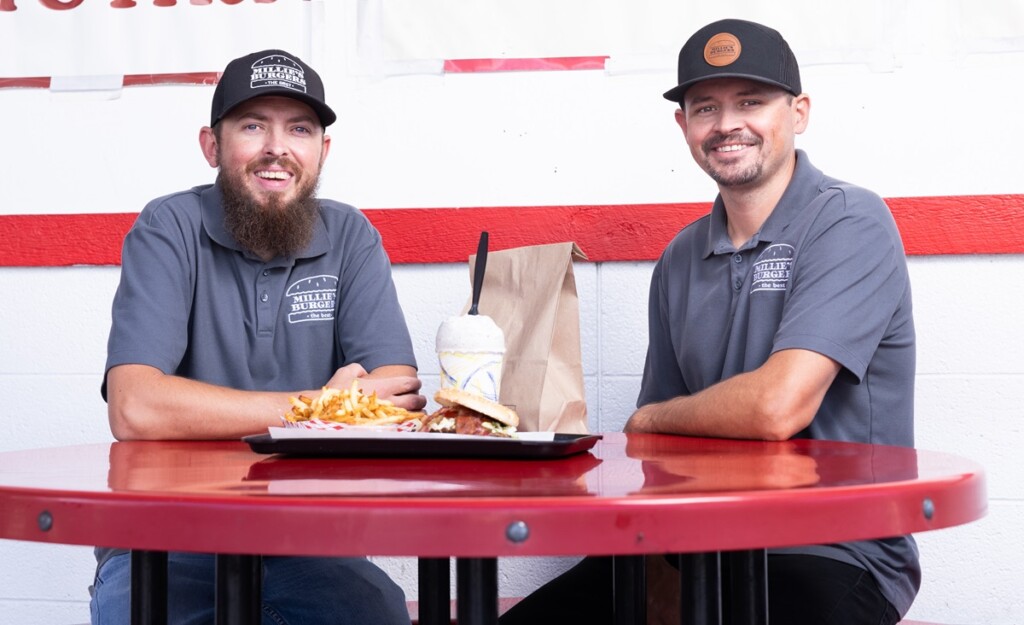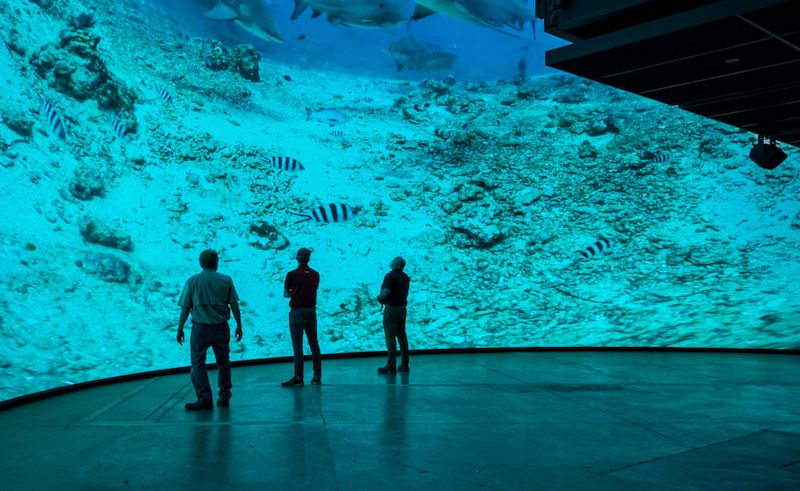
Two men who stand out as the foremost Tech Pioneers in Utah are without a doubt David Evans and Ivan Sutherland.
This dynamic duo used their math, physics and electrical engineering skills to revolutionize computer graphic imaging technology. They literally built the first computer graphics simulation engines, and they and their students pioneered the field of CGI (Computer Graphics Imagery). Out of their labs came Adobe, Pixar, Atari, Xerox, and PARC, a subsidiary of Xerox, which invented the first GUI (graphical user interface, and which Apple copied and built into the Macintosh), and a host of graphic simulation engines used by the U.S. Military.
How did this happen in the sixties, when Utah was just a small blip on the tech pioneer map?
In 1965, the University of Utah recruited Evans to establish a state of the art computer science program. In 1968, he convinced his friend from Berkeley, Ivan Sutherland, to leave his teaching position at Harvard and move to Utah, which he agreed to do under the condition that they would eventually launch a computer graphics company together.
This power collaboration shaped the history of the computer industry and built one of the most influential university computer graphics programs in the country. Students were encouraged to experiment and discover creative solutions based on the theory that computers could be used interactively for a variety of tasks.
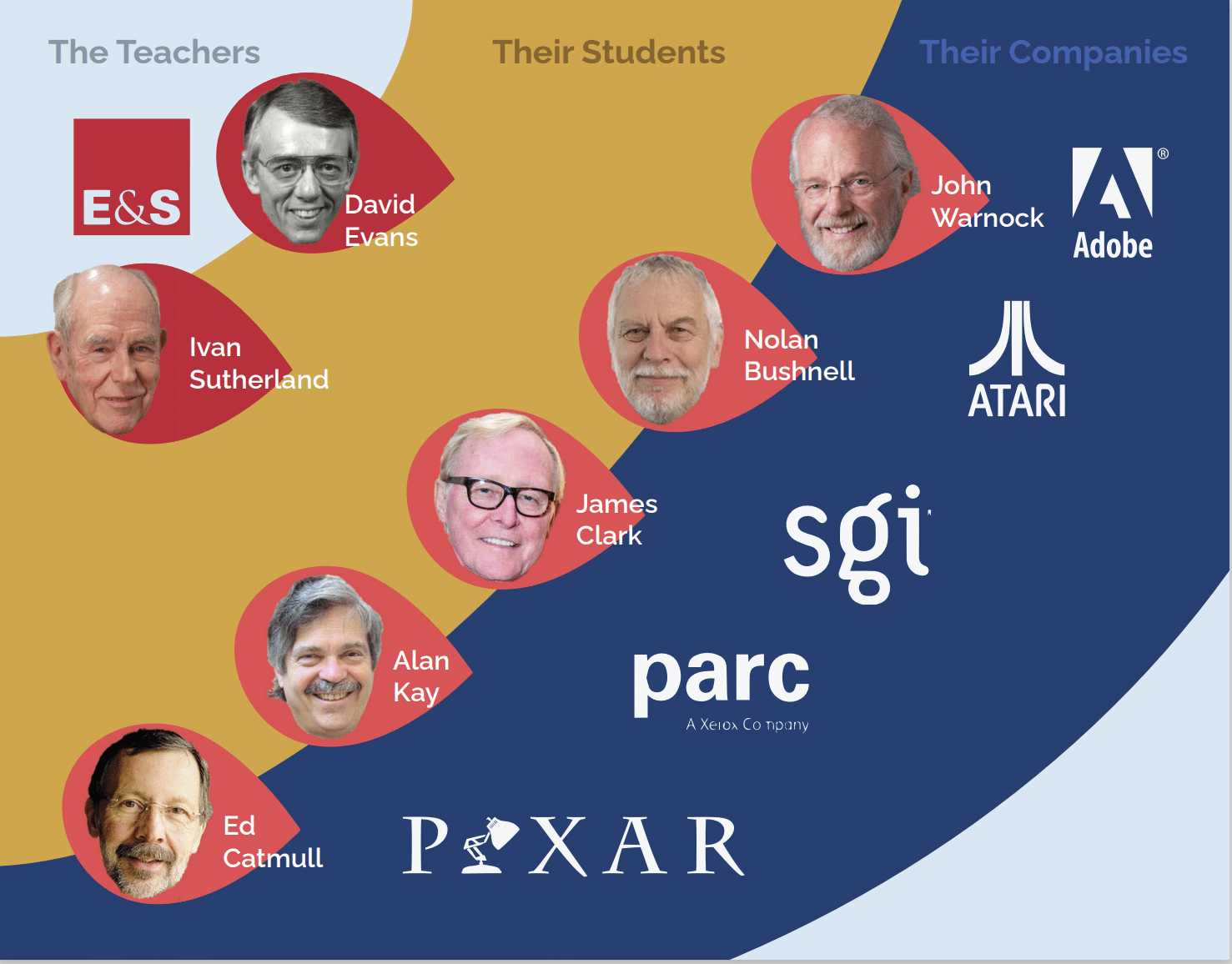
Evans and Sutherland envisioned the use of computers as simulators by using graphics technology to replace real objects, aiding in cheaper costs for military and other development projects. The genesis of the Evans and Sutherland Computer Corporation (E&S) started in the barracks on the University of Utah campus with students recruited from the university. E&S made advances in real-time hardware, accelerated 3D computer graphics, and printer languages, and continues today as a major supplier of military and commercial graphics systems.
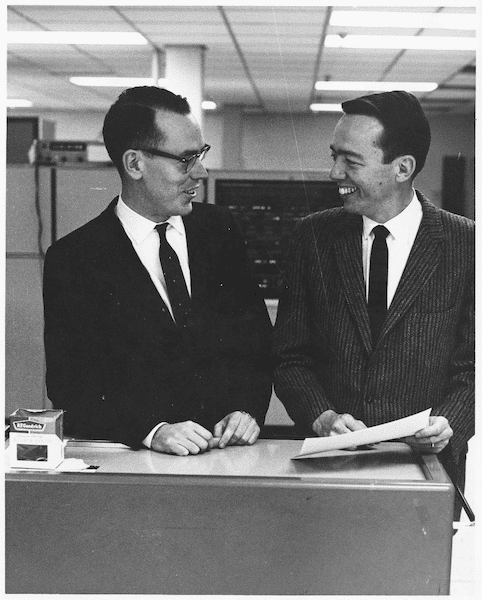
The creative and inventive atmosphere Evans and Sutherland fostered as professors and employers stimulated some of the most successful minds in the field of computer science. Many of Evans and Sutherland’s students went on to further expand the field including Alan Kay, inventor of Smalltalk language; Ewin Catmull, cofounder of Pixar, and currently President of Walt Disney and Pixar Animation Studios; John Warnock, the founder of Adobe; and Jim Clark, of Silicon Graphics.
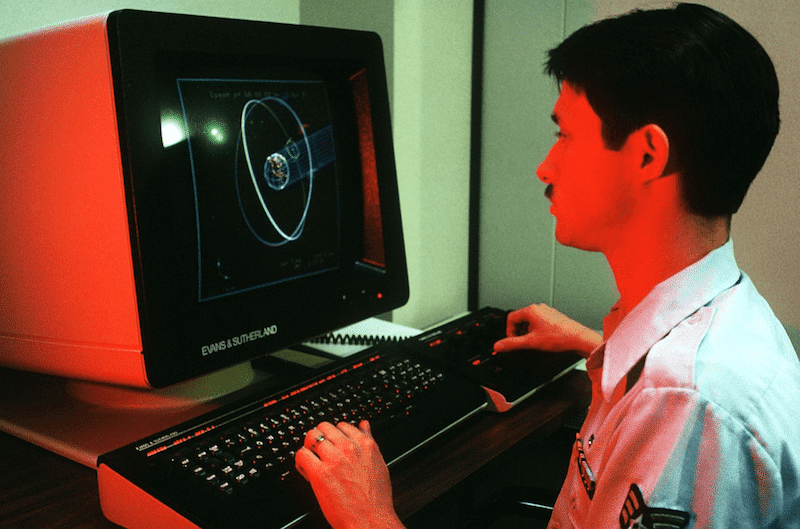
In Robert Rivlin’s book, The Algorithmic Image: Graphic Visions of the Computer Age, he says, “Almost every influential person in the modern computer-graphics community either passed through the University of Utah or came into contact with it in some way.”
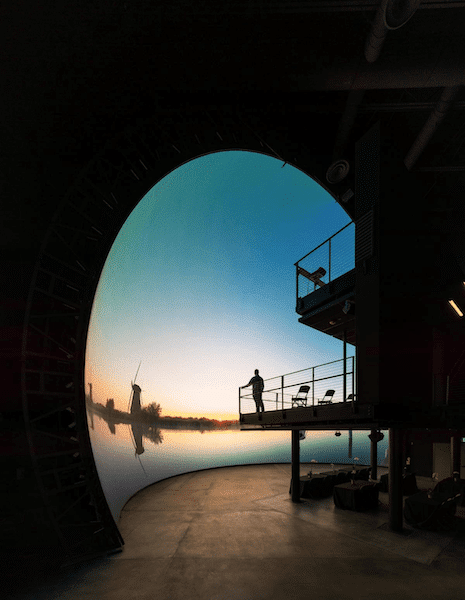
Subscribe to Utah Stories weekly newsletter and get our stories directly to your inbox


